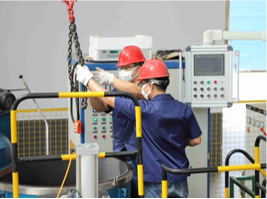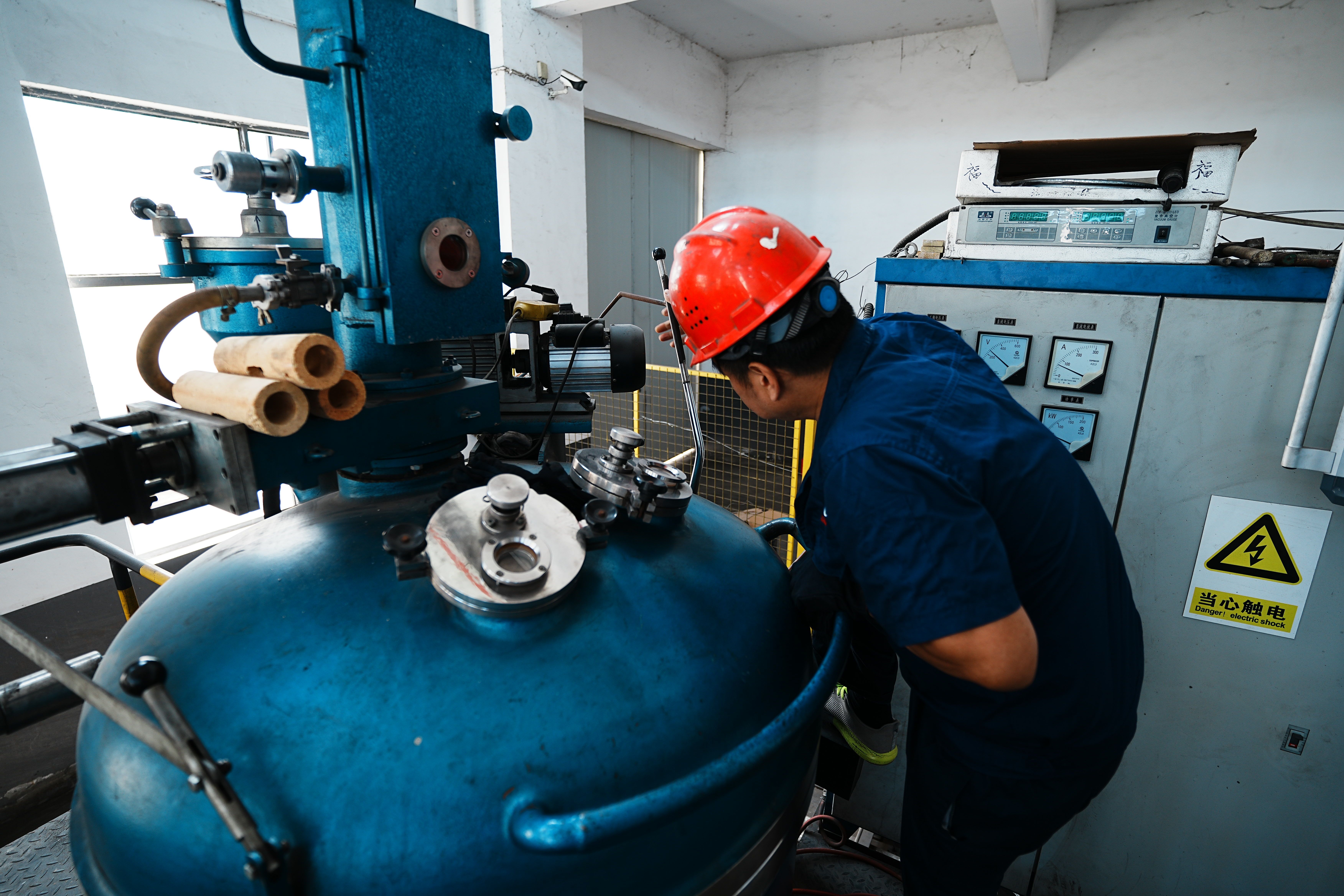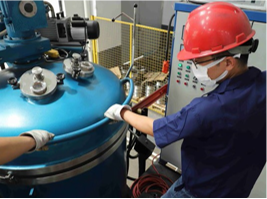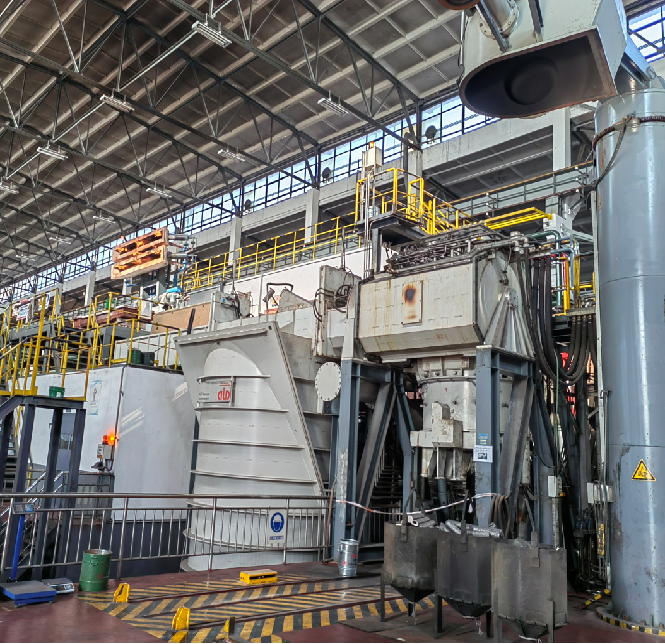The world's first vacuum induction furnace was created in Germany in 1917 to melt the engines of aircraft and rocket engines. Vacuum induction melting furnace is one of the most widely used equipments in vacuum metallurgy field. It has been proved that: aerospace, missiles, rockets, atomic energy equipment and electronic industry required alloys and special steel, occupy a considerable proportion of products are produced by vacuum induction melting furnace, for example, nickel base, cobalt base, iron base superalloy using vacuum induction melting furnace process, its thermal processing and mechanical properties are significantly improved. Like stainless steel, heat-resistant steel, ultra-high strength steel, tool steel, bearing steel, as well as magnetic materials, elastic alloys, expansion alloys, etc., almost all use vacuum induction melting furnace to melt, in order to ensure material performance and quality. In addition, with the development of the secondary remelting process, another use of vacuum induction melting furnaces is to provide high-quality consumable electrodes for vacuum consumable arc furnaces or electroslag refurnaces, and to produce master alloys for precision casting.
As we all know, the vacuum induction melting furnace process, the entire process of melting, refining and alloying of metals are carried out in a vacuum state, thus avoiding the interaction of the same gas phase and pollution. Secondly, under vacuum conditions, carbon has a strong deoxidation ability, and its deoxidation product CO is constantly pumped outside the system, overcoming the pollution problem of deoxidation with metal deoxidizer. The chemical composition of the alloy can be precisely controlled by the vacuum induction melting furnace process, and the active elements Al, Ti, B, Zr, which contain strong affinity with oxygen and nitrogen, can be controlled within a small range. The low melting point volatile metal impurities, such as Pb, Bi, Sn, Sb, etc., can be removed by evaporation, which plays an important role in improving material properties. The strong induction stirring can accelerate the reaction rate, which is very effective for the uniform temperature and chemical composition of the molten pool.
The rapid development of vacuum induction melting process is closely related to the superalloy materials required by the aerospace industry, such as the superalloy required by aerospace, missiles, rockets, atomic energy and other equipment. In the high-temperature alloy produced without vacuum melting method, the maximum operating temperature is generally only 750-810 ℃; The superalloy produced by vacuum melting method has a maximum operating temperature of 980-1090 ℃. This is mainly due to the use of vacuum induction melting furnace melting nickel base, iron base, cobalt base superalloys, reduce the gap elements O2, N2, H2, can completely remove non-metallic inclusions, and remove low melting point harmful metal impurities, such as Pb, Bi, Sb, Cu, Sn, Te and so on.
The equipment of vacuum induction melting furnace is mainly composed of furnace shell, inductor, crucible, tilting mechanism, ingot mold mechanism, power supply device and water cooling system. The furnace shell is provided with devices for observation, temperature measurement, feeding, sampling and ramming. The furnace body is equipped with vacuum system, power supply system and control system. The vacuum induction melting furnace has two kinds of intermittent and semi-continuous, which can be made into vertical or horizontal.
The important problem to be considered in the structural design of vacuum induction melting furnace is to avoid vacuum discharge, so all the charged bodies in the furnace shell need to be insulated, and the sensor should be free of sharp corners, burrs and sharp edges in the structure.
Vacuum induction melting furnace has the following characteristics:
(1) In the vacuum state, it can melt some valuable active metals, such as titanium alloys.
(2) In the vacuum state, it can prevent the melting of metals and alloys, and produce chemical reactions with non-metallic inclusions.
(3) In the vacuum state, it can remove harmful soluble gases and pollutants in liquid molten metal.








